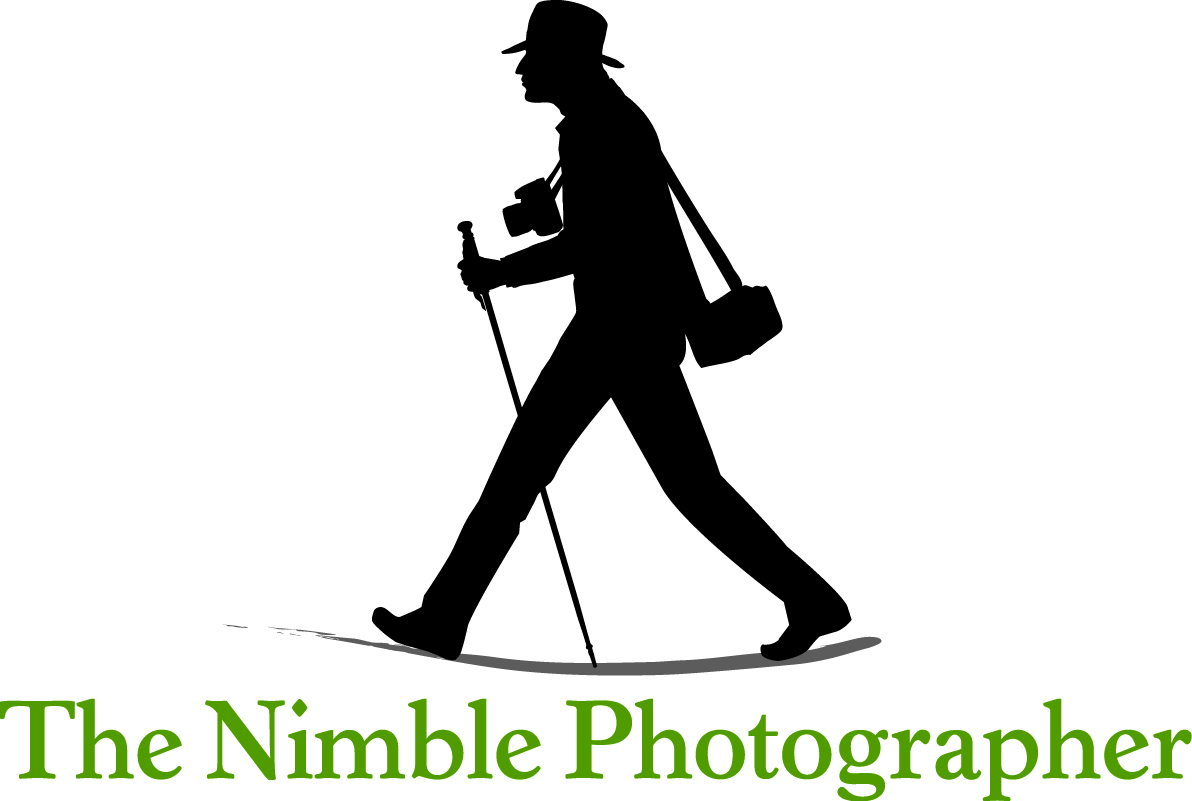Fall brings shorter days, colorful trees, and my favorite US photography show: Photo Plus Expo.
This October event is particularly exciting for me this year because I'm working with an entirely new team. I'm attending press meetings as an editor for c't Digital Photography Magazine and as the evangelist for Rocky Nook Publishing. Two companies that I adore and am thrilled to be representing.
One of the things I'm working on right now is setting up a speaking schedule for meeting with my photographer friends in the c't/Rocky Nook booth. If you're attending the show, please come by and say hello. I'll have a Nimble Photographer microfiber cloth on hand for you.
I want to meet you.
We'll also have issues of the magazine on hand. If you haven't seen c't Digital Photography in real life, you need to. It's beautiful, and it's unlike any other photo publication in North America. (We have a 20 percent discount going right now, btw.)
I'll also be speaking in the Panasonic booth on Saturday with my friend Frederick Van Johnson, and am on the presentation docket for lynda.com. Being so "on the go" brings out the Nimble Photographer in me.
I'm toying with the idea of packing only my iPad mini, the WD My Passport Wireless, and the Olympus OM-D E-M1 for my editorial work. That's right, no laptop. I'm testing this kit right now. It's so light and nimble. Everything fits easily in my Lowepro Urban Reporter 150. And I can carry it all day without fatigue.
I love fall.
New clients, new gear, new ways of working. Guess you could say that,
I'm turning over a new leaf.
-Derrick
